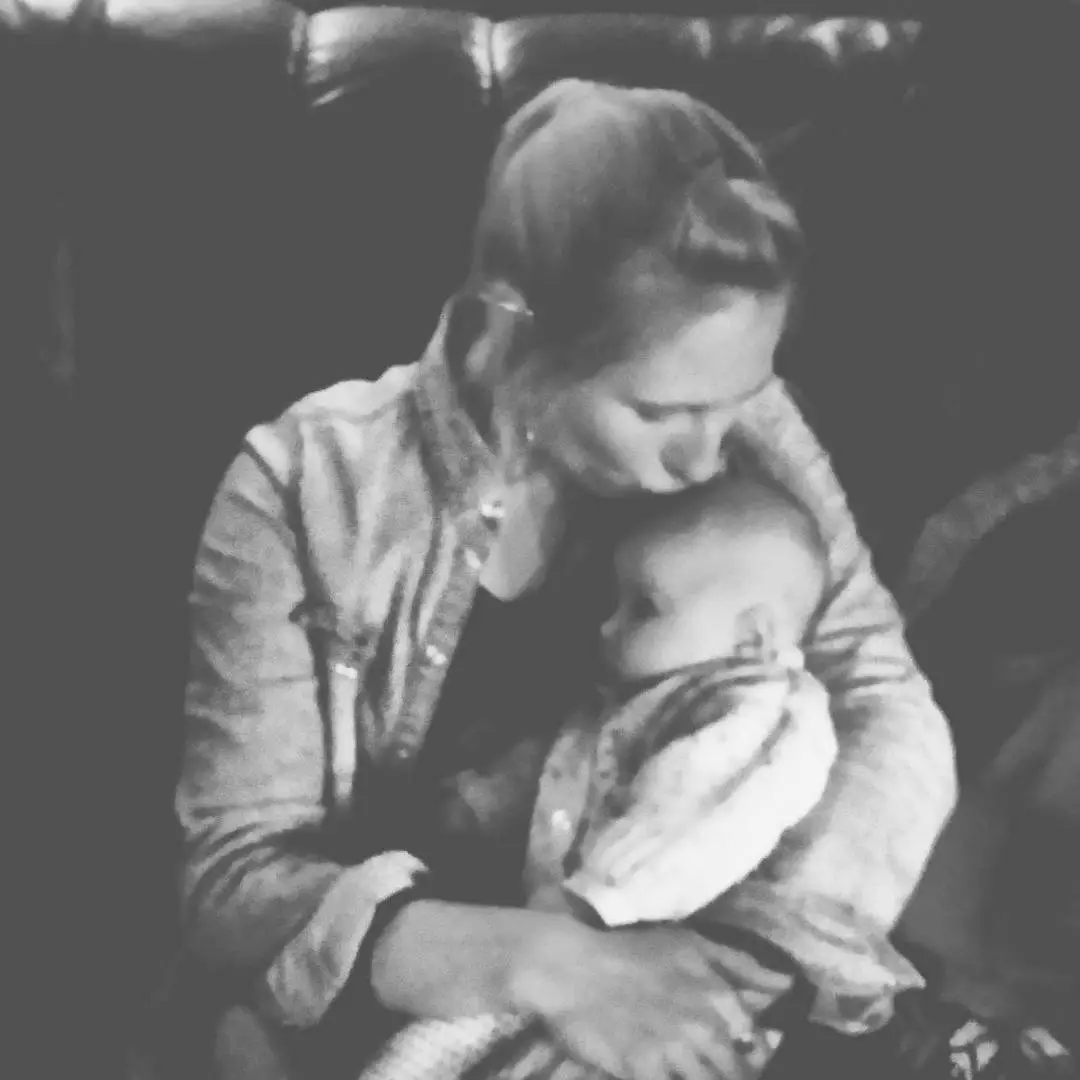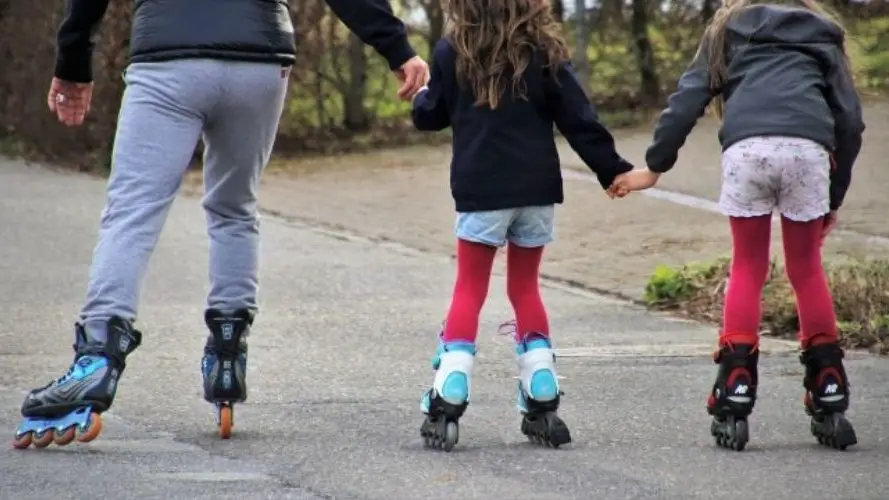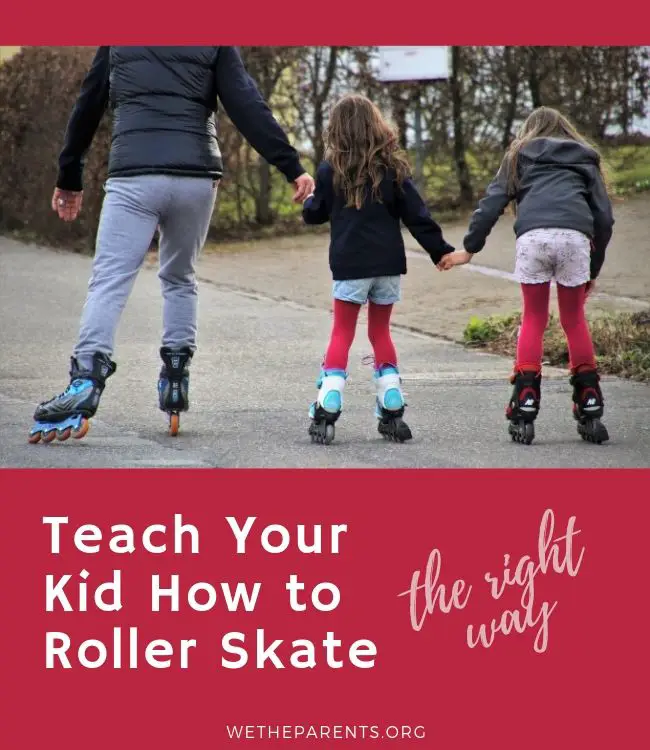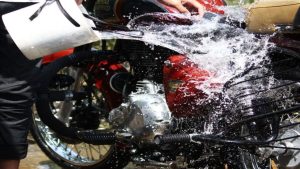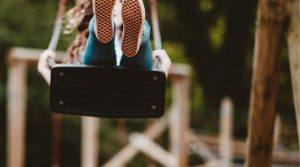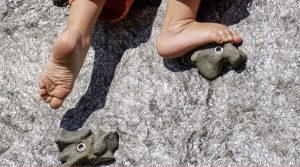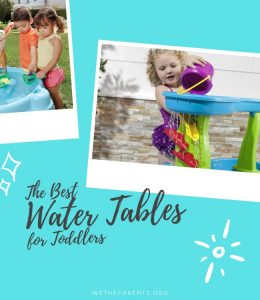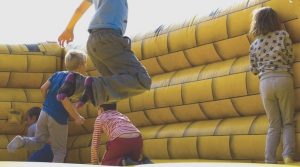Who thought it would be a fun idea to put four wheels on the bottom of each shoe and see what happens?
A bored kid with a creative imagination is the first thing that springs to mind!
Actually, the patented version of roller skates was created by a man named James Leonard Plimpton in 1863, with the first recorded use of roller skates going all the way back to 1743.
I personally like the notion of a child coming up with the idea myself.
Whatever the history of roller skating may be, it has held the test of time as a means for both children and adults alike to cruise magically over the ground at high speeds while going forward, backward, or in circles.
While roller skating may look like a piece of cake to someone with their feet flat on the ground, it does take some getting used to.
Here are some simple steps to take while teaching kids to roller skate.
In this article:
1. Gear up
Trips, slips, and falls are to be expected while learning to roller skate. Children without protective gear will undoubtedly have tumbles that result in scraped knees and bruised egos.
There’s also the possibility that they’ll not want to try again for fear of further injury. We want our children to be willing to take some risks in life and not give up due to minor failures.
A helmet, wrist guards, and knee and elbow pads will reassure them that it’s okay to fall down, dust themselves off, and try again.
2. Learning the basics
Once your little ones are bedecked in their new gear, it’s time to teach them some basics.
Have them bend their knees and lean slightly forward as if they’re about to sprint, then begin by having them gently walk their skates.
If your child is particularly wary, have them practice this on the carpet. This helps them to learn the balance needed to roller skate properly.
When their confidence has built, have them try rolling their skates. This is where mom or dad’s helping hands come in handy.
Finally, have them alternate each skate slightly off the ground while stepping forward in a diagonal direction, propelling themselves forward.
This is the final step towards roller skating perfection!
3. Practice makes perfect
The hardest part of learning how to ride a bike is how to maintain balance. Learning how to roller skate is a different story.
It takes balance, ankle strength, leg control, and attention to specific movements. Roller skating is a skill that requires practice.
Expect a lot of tumbles and, possibly, frustration from your children as they learn this new skill. Each child learns at their own unique pace.
Practicing at their personal level will help to overcome any fears that they might have while allowing them to get used to the perfect leg movements needed to roller skate.
Fortunately, as with riding a bike, they’ll never fully forget how to roller skate once they’ve learned how.
Once your child has mastered the basics of roller skating, there’ll be no stopping them!
4. Graduating to tricks
Now that you’ve taught your kiddo the basics of roller skating, it’s time to show them how to skate with style.
While skating in a circle can be fun at first, showing off a few tricks to friends is definitely cooler!
5. Backward skating
Have your child distribute their weight equally on each leg on a flat surface. Make sure they don’t lock their knees.
There are two ways to skate backward:
- The first is for them to push their legs out to the side, and then back in. The two actions should make the shape of a figure eight.
- The second is to distribute most weight to one leg while pushing off on the other. These actions should resemble the ‘S’ shape.
6. Walking on the moon
Okay, we said five tips, but here’s a bonus!
Once your child has mastered the art of skating backward, you can show them how to ‘moonwalk’. Toe stoppers are essential for this particular trick.
Have your child point one skate down on the toe stopper with the other one flat.
Let them push off with the stopper while gliding backward on the other skate. Simply repeat the steps while alternating feet!

